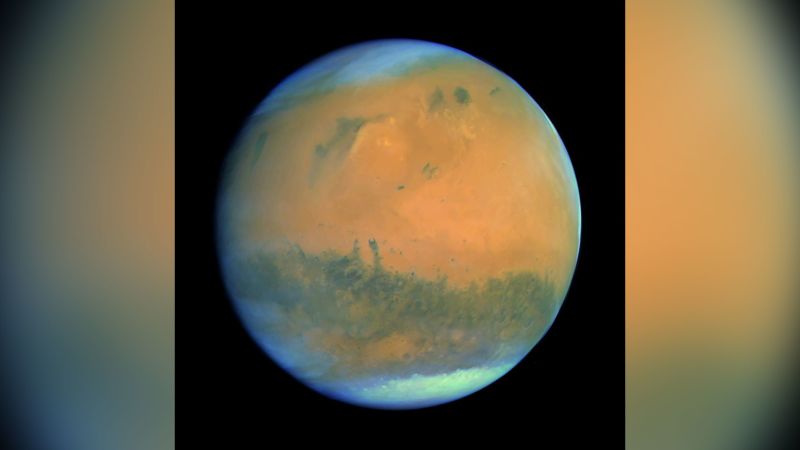Crimson Mystery Cracked: Scientists Challenge Long-Held Mars Color Theory

The rusty red landscape of Mars may hold a fascinating geological secret. Recent scientific research has uncovered that the planet's distinctive crimson color could be the result of a unique mineral formation process occurring in cool, watery environments. This groundbreaking discovery not only explains Mars' iconic appearance but also offers tantalizing clues about the planet's potential to have once harbored life.
Scientists have long been intrigued by the Red Planet's striking coloration, and this new study provides a compelling explanation for its signature hue. By examining how specific minerals develop in cool, water-rich conditions, researchers are gaining unprecedented insights into Mars' geological history. More importantly, these findings could help scientists better understand the planet's past habitability and the potential for ancient microbial life.
The research suggests that the mineral formation process provides a window into Mars' complex environmental history, potentially revealing whether the planet once had conditions suitable for supporting living organisms. As scientists continue to unravel the mysteries of Mars, each discovery brings us closer to understanding the planet's fascinating past and its potential for harboring life beyond Earth.

